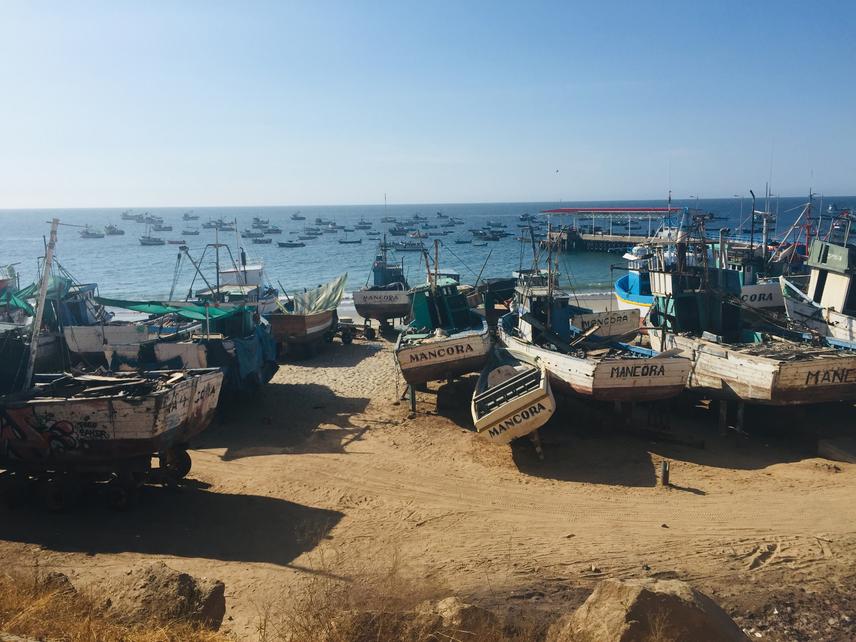Article featuring the project on El Tiempo
Chiara Guidino
Other projects
15 Jun 2022
Comparing Effectiveness of Bycatch Reduction of Whales and Small Cetaceans using Acoustic Alarms Implementation in Northern Peru
ByRA turns information into action by characterizing bycatch risk based on animal distribution, fishing patterns, and interaction rates. ByRA is an open- source GIS toolbox specifically built for bycatch risk assessment. Fishing communities have significant knowledge and experience about local marine megafauna, fisheries and socio-economic circumstances. Our research will be applied to investigate humpback whale (Megaptera novaeangliae) and leatherback turtle (Dermochelys coriacea) bycatch.
Key threats will be assessed through interview questions and participatory mapping exercises on whale and turtle sightings, specific gear types, fishing locations, seasonality, and intensity. Interviews and workshops are a key component of our data collection. Interviews, best conducted as conversations with a purpose, will contribute to community bycatch awareness, increased participation in mitigation brainstorming and inspire autonomy in local management to reduce bycatch. Data collection will build foundational knowledge of bycatch estimates and provide a baseline of fishing effort.

Marine megafaunal bycatch, the accidental mortality and injury of non- target species, has been recognized since the 1970s as a major factor impacting marine megafaunal populations and their recovery. In this project, we outline an innovative and iterative approach that utilizes an open source GIS toolbox to conduct a spatially and temporally explicit bycatch risk assessment for humpback whales and leatherback turtles. We are working in two fishing villages in northern Peru: Mancora and Cancas.
The Bycatch Risk Assessment toolbox (ByRA) is a flexible, transferable tool to identify gaps in research and support spatial planning to address marine megafaunal bycatch. This toolbox is applicable to areas where there are very little data. By applying species distribution model outputs with data gathered from interviews, this project will assess bycatch risk for humpback whales and leatherback turtles at local spatial and temporal scales. Syntheses of ByRA outputs can suggest management interventions by sub region, species, and gear type for targeting at-risk areas. Using the toolbox will enable us to share these methods and applications of bycatch risk assessment with communities, NGO’s and resource management practitioners. ByRA will put existing data about fisheries, leatherback turtles and humpback whales in Peru into a cohesive risk assessment framework that can support marine conservation, sustainable fisheries and effective bycatch management.